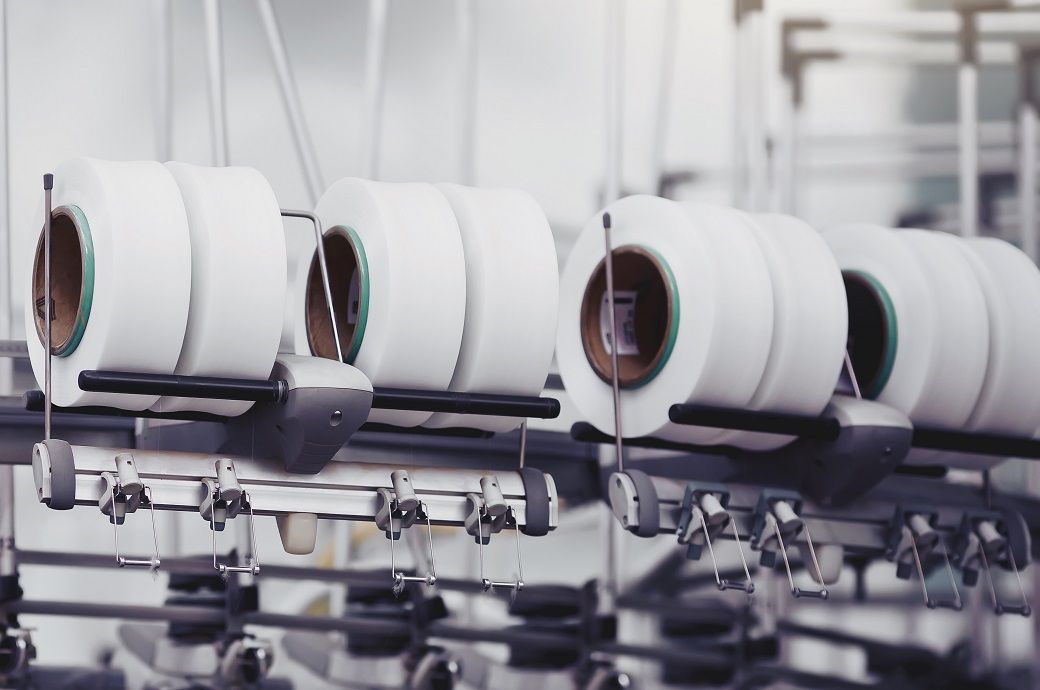
Improved Manufacturing PMI figures were seen across the majority of the countries covered by the survey. Germany and France—the two largest economies in the single currency union—saw contractions slow, although the former was still the eurozone’s worst-performing manufacturing sector. On the other hand, accelerated expansions were seen in Spain and the Netherlands, both of which registered the best improvements in factory operating conditions since 2022. Greece retained the top rank, despite growth here cooling to a four-month low.
There was a near stabilisation of production across the eurozone in May. While factory output fell, the contraction was the softest in just over a year and only marginal overall. Surveyed companies reported lower new orders—a factor which continued to inhibit production lines—midway through the second quarter. That said, the rate of contraction was the weakest in two years. New export sales also decreased, with the decline likewise cooling to its weakest since May 2022, as per S&P Global.
Backlogs of work continued to be reduced in May as subdued demand conditions led eurozone factories to use outstanding orders as a means to support output. However, while the rate of depletion was marked, it was the weakest since August 2022. Employment across the euro area manufacturing sector was decreased further amid evidence of surplus capacity, extending the current period of factory job losses to a year. The rate of decrease matched that seen in April and was modest.
Purchasing activity continued to shrink midway through the second quarter, although the pace of decline was its softest since September 2022. This partly reflected sufficient input stock levels, as the latest survey data pointed to a sixteenth successive monthly reduction in eurozone manufacturers’ pre-production inventories. Regarding deliveries of raw materials and other items needed for production, panellists reported a further improvement in lead times.
Input costs fell again, stretching the current sequence of decreases that commenced in March 2023. However, the decline was marginal and the slowest over this period. There was a further month-on-month reduction in the price of goods leaving the factory gate across the eurozone.
Looking ahead, eurozone goods producers reported a strong level of optimism towards production prospects over the next 12 months. The level of positive sentiment was above its series average and the highest since February 2022.
ALCHEMPro News Desk (DP)
Receive daily prices and market insights straight to your inbox. Subscribe to AlchemPro Weekly!